Level measurement has been associated with ultrasonic sensor but this can change shortly as radar based sensors are becoming a much better option. Radar based sensors’ prices are still over ultrasonic ones but not as before, the rise on the budget is worth by the advantages these sensors have over ultrasonic based ones.
These are some of the key features of radar sensors.
Radar is based on radio waves and thus is not affected by air temperature or pressure, neither vacuum. This makes radar sensors suitable for new applications where ultrasonic sensors are not reliable or even a possible solution.
Ultrasonic sensors have a characteristic dead zone but with radar the measurement can go up to the antenna, using the full range.
On some applications sensors can be flooded, to solve this ultrasonic sensors need anti-submersion shields but this is no problem for radar ones, they keep working even under liquids.
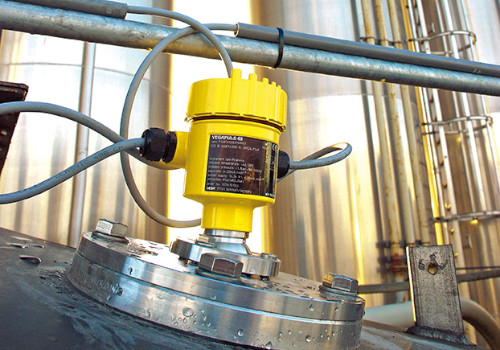
In applications where buildup occurs the reliability of the measurement signal is affected, especially on ultrasonic ones. Thanks to optimised signal processing radar sensors can suppress the interference caused by buildup.
Thanks to the 80GHz technology used, the radar beam can be narrowly focused on the measured medium. Measuring on tight shafts or with internal structures as pipes, pumps or ladders does not produce interfering signal and no false signal suppression is necessary as in ultrasonic sensors.
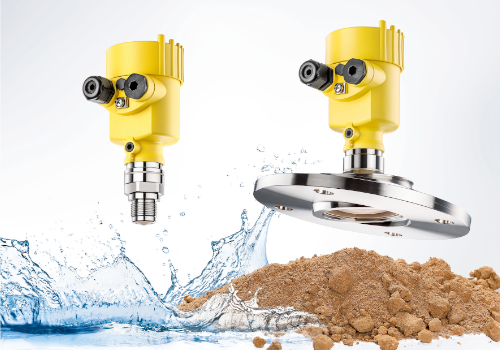
In Nihon Kasetsu we are always looking for the best solution to your monitoring needs. That is why we offer you VEGA´s radar sensors, covering distances from 8 m up to 30 m. Parameters adjustment on these devices is made via Bluetooth. Also the 4-20 mA output makes them plug and play with the eComo monitoring systems.

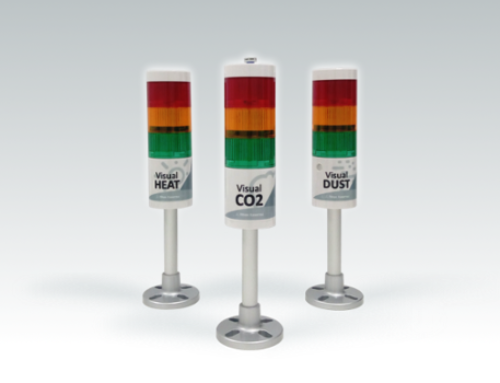
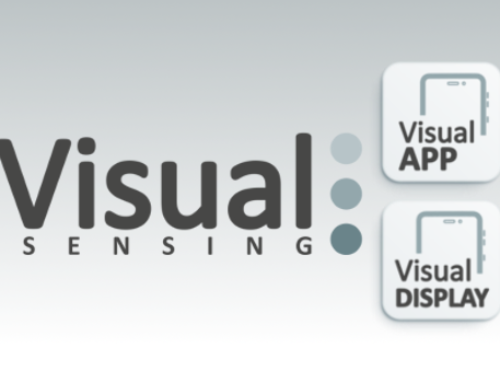
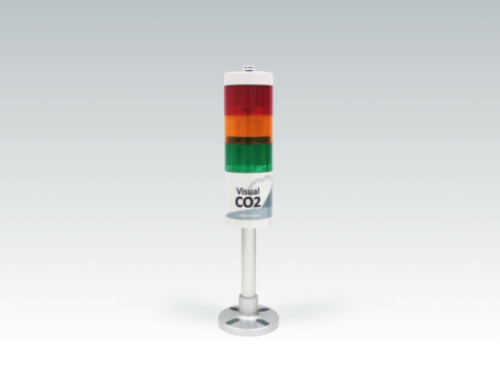
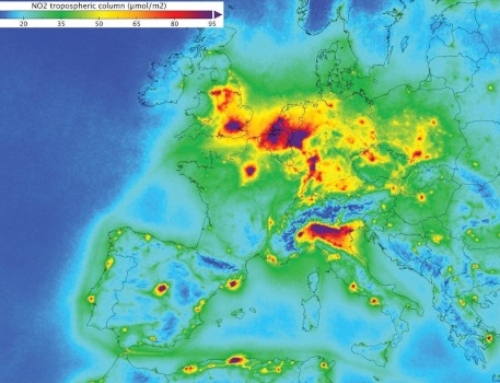
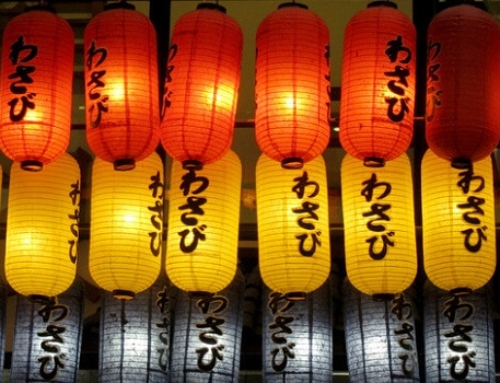
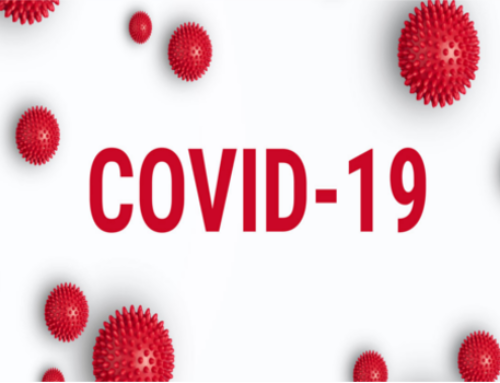
Leave A Comment